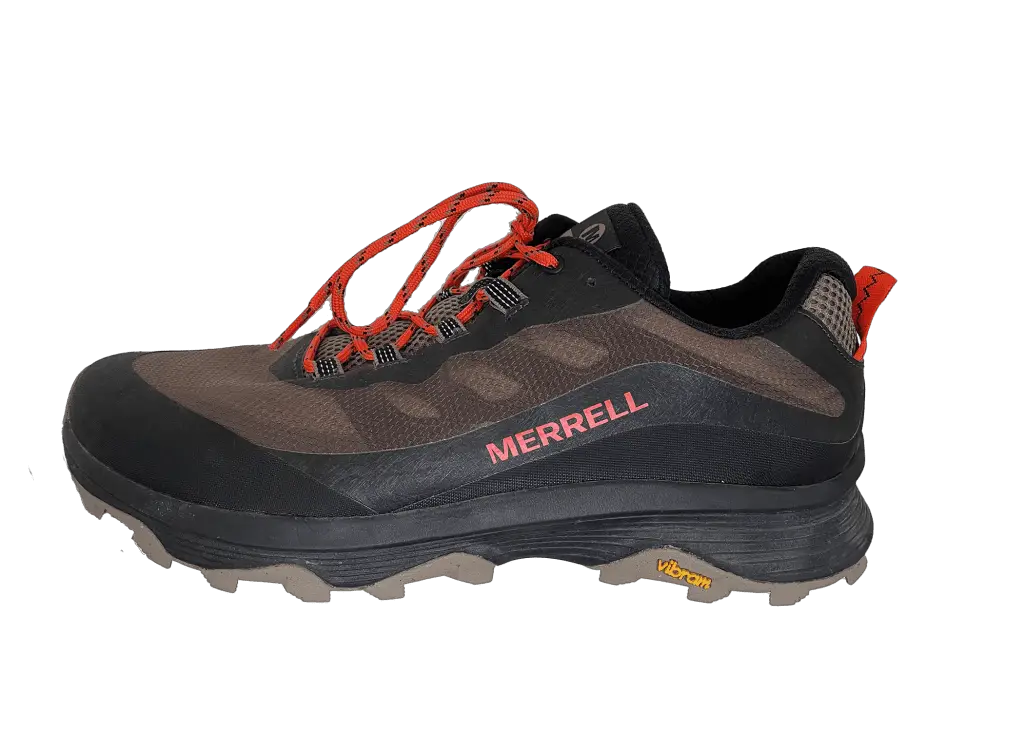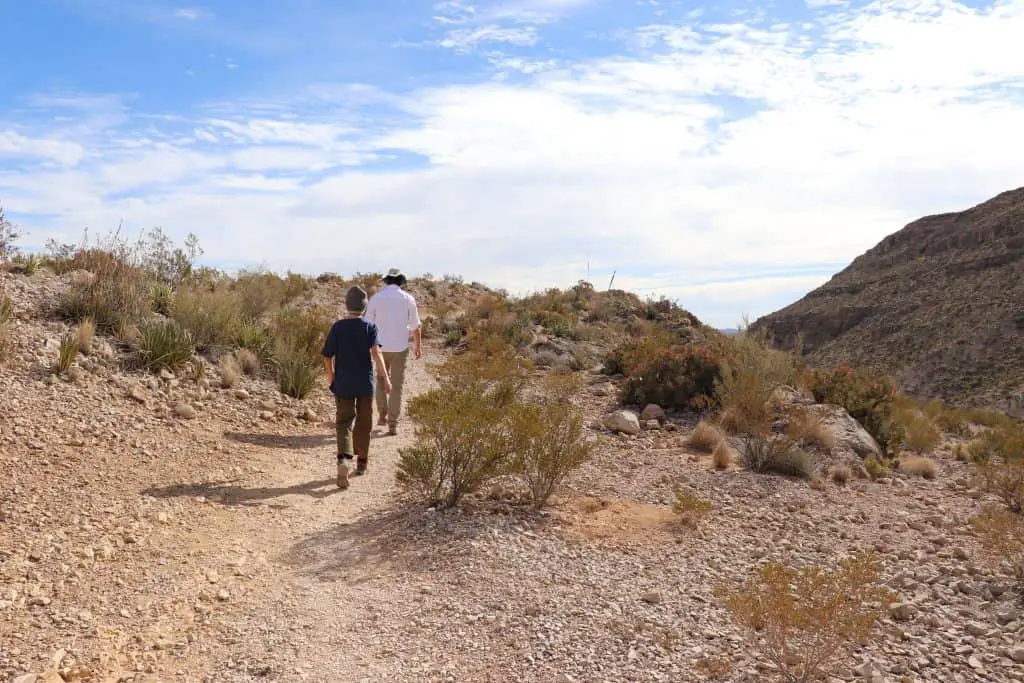Good hiking shoes are essential for anyone serious about covering serious miles on the trail. New hiking shoes will provide superior performance over all other shoe types for hiking but do they require time to break them in before you head out into the woods?
I test hiking shoes as a hobby, and after having hiked in scores of new hiking shoes, I can say with confidence that:
The break-in time for new hiking shoes will typically require less than one week. You can usually wear hiking shoes immediately after the purchase and experience zero issues. Hikers planning to cover many miles daily should spend more time breaking in their hiking shoes to avoid problems.

Today’s modern hiking shoes are incredible tools that provide support, protection, traction, and comfort. If the shoe fits properly and you have adequate socks, you should be able to take them out of the box and hike all day with zero blisters, but this is not always the case.
Hiking shoes today are much closer to athletic shoes or sneakers than in the past. Modern midsoles and outsoles are typically flexible straight out of the box. Similarly, the uppers on modern hiking shoes are often made from synthetic fibers that are flexible and breathable. They are also padded to provide additional foot comfort.
Blisters should be your primary concern for adequately breaking in your new hiking shoes. Read on to see ways to avoid getting blisters. Below I also share a list of hiking shoes I tested with zero break-in time.

What To Do if You Don’t Have Time To Break In Hiking Shoes
If you just purchased a pair of hiking shoes and are heading out on a multi-day hike tomorrow, there are a few things you can do to avoid blisters.
- Wear two pairs of thinner socks.
- Closely monitor your feet as you walk, taking frequent breaks to check for hot spots which form blisters.
- Bring band-aids or any other tape that sticks to the skin. Apply these to the hot spots BEFORE they develop into blisters.
- If you normally form blisters on a certain part of your foot then apply band-aids before you start hiking.
- Take frequent breaks and remove your hiking shoes if possible.
- Keep your feet dry and as cool as possible.
- Bring many extra pairs of socks.
- Bring a variety of different types of socks. If a pair causes an issue, then replace them immediately.
- Immediately remove any sand, dirt, dust, or debris that might find its way into your shoes.
Blisters are annoying but they are not the end of the world. You can easily apply band-aids or other types of skin tape to the blister and power through your hike. If you are concerned about blisters then consider buying a shoe that I have tested and found to be perfect from the first step. See my list below.
Comfortable Hiking Shoes that Require No Break-In.
As I wrote above, I test hiking shoes for fun, compile the data, and then share it with the world. Here is a list of shoes that have zero break-in time. I walked at least five miles in all of these shoes on the first day and experienced ZERO issues. I have linked full reviews for each shoe.
- Merrell Moab Speed (Full Review)
- Adidas Terrex Swift R3 (Full Review)
- Merrell MQM Flex 2 (Full Review)
- Keen Targhee Vent (Full Review)
- Oboz Sawtooth 2 (Full Review)
If you are interested in learning more about these shoes, I have in-depth reviews on them here on my blog and my YouTube channel.
My suggestion for a very comfortable shoe with zero issues straight out of the box is the Merrell Moab Speed. It won the testing I did in May and is also constructed from recycled materials. Its Vibram sole is grippy and outperforms most other shoes that I tested. Purchase the Merrell Moab Speed and support my blog.
How To Break In a Pair of Hiking Shoes in One Week or Less
For the most part, you will not need to break in a pair of hiking shoes before your next outing, but if you have time, you should test the shoes on your feet.
Here is my best advice for anyone that has just one week before a hiking trip and needs to break in a new pair of hiking shoes. The most important thing is to not allow blisters to form on your feet.
- Limit your first walking distance to 2 miles or 30 minutes.
- Wear the same socks you plan to use on your hike.
- During each break-in walk be sure to pay very close attention to your feet.
- DO NOT ALLOW BLISTERS TO FORM.
- Bring an extra pair of shoes with you if you start to have issues.
- Carefully inspect your feet after each walk.
- If you experience zero issues on your first walk then double the distance the next day.
- If you do experience issues on your first walk then wait a day and go out again for 2 miles or 30 minutes.
- Walk each day at a comfortable pace.
- Try to do your break-in walks toward the end of the day when your feet are biggest.
Should You Break In Hiking Shoes Before Hiking?
At this point you might be wondering whether breaking in your new hiking shoes is even necessary.
Breaking in hiking shoes is important to avoid blisters and, more importantly, to learn how the shoes perform before you head out into the wilderness. Hiking shoes may feel perfect, but a few training walks can help uncover any issues before you start hiking.
Breaking in a pair of hiking shoes will give you important information about how grippy the soles are and how much protection they provide under foot.
Comfort for your hiking shoes is paramount to having a carefree hike but I would argue that traction and grip are even more important. Blisters are minor flesh wounds that can be addressed with cheap band-aids.
Slipping on a trail can cause mechanical injuries that may completely halt your forward progress and put you in a survival situation.
READ NEXT: How Shoes Grip Surfaces and Provide Traction (Prevent SLIP)
